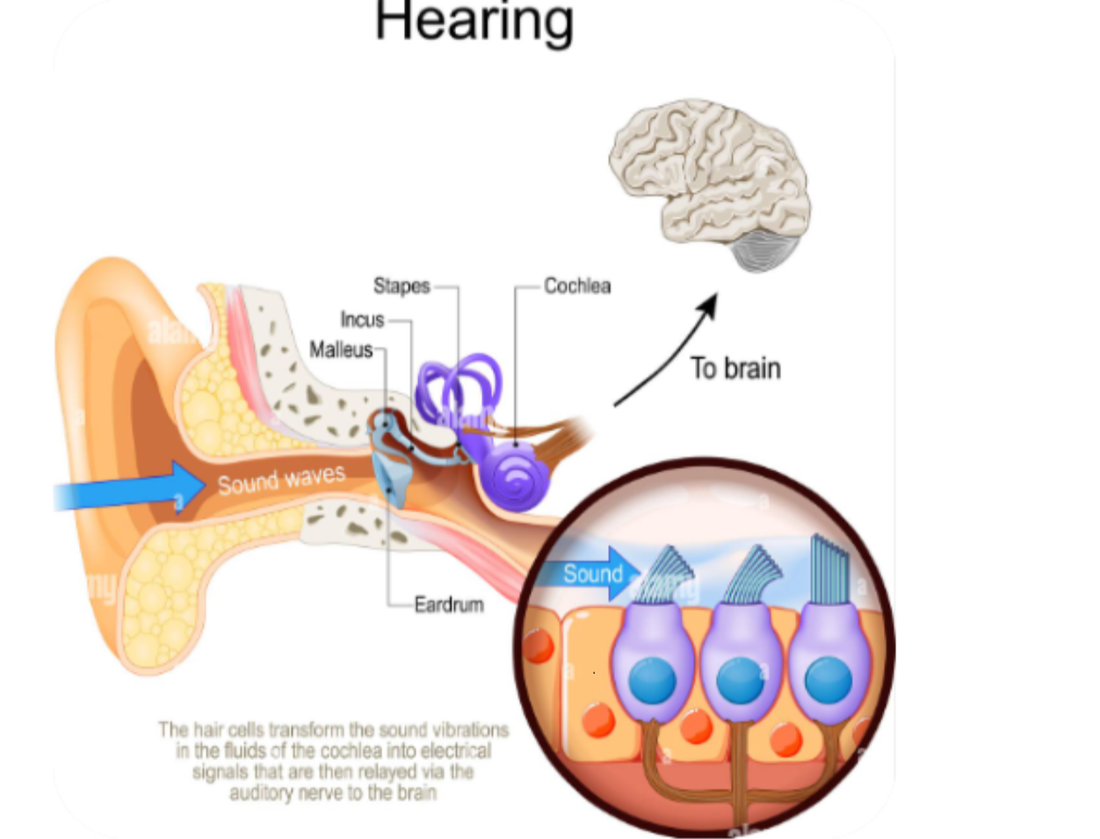
The Silent Threat
Share
🎧 The Silent Threat: How Headphones Are Damaging Our Children’s Hearing
In today's digital world, headphones have become an everyday essential. Whether for music, videos, online learning, or gaming, kids spend more time than ever with sound directly pumped into their ears. But behind this convenience lies a growing concern—Noise-Induced Hearing Loss (NIHL), a condition creeping in quietly and affecting more children than expected.
📉 What Is Noise-Induced Hearing Loss?
NIHL occurs when the sensitive structures in the inner ear, especially the tiny hair cells responsible for transmitting sound to the brain, are damaged by prolonged exposure to loud noises. Unlike age-related hearing loss, NIHL can affect anyone—even very young children—and what's worse, it’s permanent. Once those hair cells are damaged, they don’t regenerate.
🎧 Headphones: A Modern Risk Factor
Headphones and earbuds deliver sound directly into the ear canal, often at dangerously high volumes. Many kids unknowingly crank up the volume past safe limits, especially in noisy environments or while gaming. Unfortunately, many popular headphones can reach volumes up to 100 decibels (dB)—similar to the sound of a chainsaw.
The World Health Organisation recommends keeping volume levels below 85 dB for no more than 8 hours a day. But children often listen for longer, at higher volumes, and with no breaks in between. The result? A slow but steady decline in hearing ability.
👂 The Problem with Kids: They Don’t Realise the Damage
The real challenge? Children don’t notice the damage—until it's too late. Hearing loss from noise exposure is usually gradual. There’s no pain, no immediate symptoms, and no obvious sign that damage is being done. Kids might say they didn’t catch what you said or ask to turn the TV up louder, which can easily be brushed off as a distraction or daydreaming.
In addition, many children believe that hearing loss is an "old people's problem." They don’t associate it with their favourite earbuds or gaming headset. When any issues are noticeable, significant and irreversible damage may have already occurred.
📱 The Role of Parents and Caregivers
It’s up to adults to protect young ears. Here’s how:
- Limit listening time: Use the 60/60 rule—listen at no more than 60% volume for no more than 60 minutes at a time.
- Use volume-limiting headphones: Some headphones cap volume at 85 dB. Not perfect, but far safer.
- Teach awareness: Talk to your kids about hearing health. Help them understand that damage now affects their future.
- Check the signs: If your child says “What?” more often, or complains about ringing in their ears, it might be time for a hearing test.
👨 Final Thoughts
NIHL is entirely preventable, but only if we take it seriously. With the rise of personal audio devices, we’re seeing a new generation at risk for early hearing loss—simply because they don’t realize they’re turning up the volume on a lifetime of hearing problems.
Let's turn down the volume now, so our kids don’t have to live in silence later.
Puro Sound Labs helps you ensure everyone listens at a safe volume. All our headphones provide quality sound at safe volumes.
